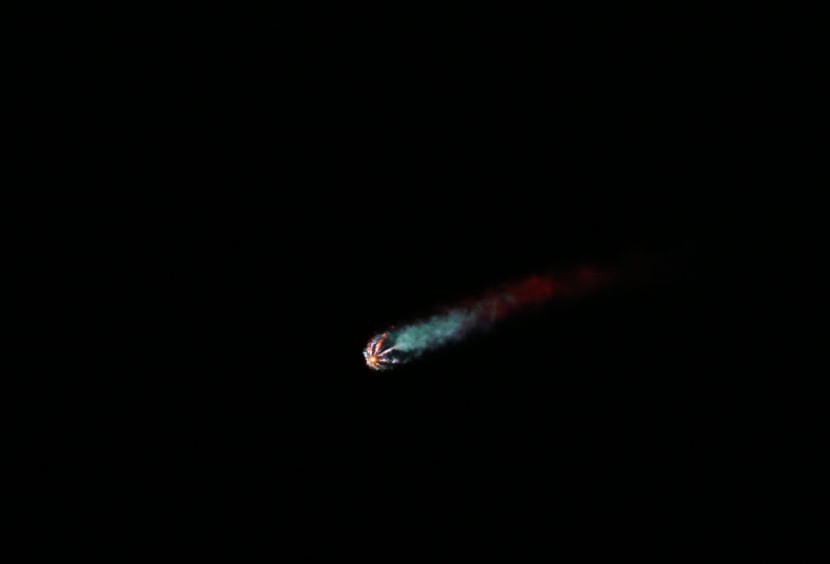
NASA has denied claims made by Ukraine's military that a satellite belonging to the space agency was responsible for the mysterious flash of light seen above Kyiv.
Strange Bright Flash Above Kyiv
The director of the military administration in Kyiv, Serhii Popko, has indicated that "preliminary data" suggests that the strange bright flash of light seen above the city at about 10:00 PM local time on Wednesday, April 19, was caused by falling RHESSI satellite debris owned by NASA.
According to an Independent report, the city went on air raid alert to protect its citizens from the potential falling debris. Still, air defense was not in operation, Popko pointed out.
In a message on Telegram, he said that initial findings suggested that the occurrence had been caused by a NASA space probe crash.
Kyiv publicity boards posted a video of an unusually bright flash in the sky over the capital. pic.twitter.com/HJooXRFLDy
— TheLazyEuropean (@TheLazyEU) April 20, 2023
So, where was the satellite at the time?
NASA said earlier in the week that the RHESSI satellite, which had been used to investigate solar flares, will re-enter Earth's atmosphere on Wednesday with a weight of 300 kilograms (660 pounds).
The RHESSI spacecraft, short for Reuven Ramaty High Energy Solar Spectroscopic Imager, was officially retired in 2018. Since then, its orbit around the Earth has been slowly degrading. The spacecraft's mission, which was carried out from low Earth orbit, was to monitor solar activity, namely solar flares and coronal mass ejections.
At about 8:50 PM EDT on Wednesday, the spacecraft will make its way back into the atmosphere, according to the US space agency's projections. It stated that some parts of the spaceship would survive the fiery re-entry into Earth's orbit.
NASA said on its blog, "The risk of harm coming to anyone on Earth is low - approximately 1 in 2,467."
However, NASA's Office of Communications informed the BBC that the satellite was still in orbit at the time the flare was recorded from Ukraine. At the time, both the US defense department and the American space agency continued to watch RHESSI.
The bright flare above Kyiv had "NOTHING TO DO with the [re-entry] of NASA's RHESSI satellite," astronomer Jonathan McDowell tweeted on Thursday, April 20. He said that the satellite's orbit did not even pass within thousands of kilometers of Ukraine and that the chances of it impacting Kyiv were zero.
"RHESSI orbit did not pass over Ukraine at all," McDowell confirmed.
The astronomer who specializes in orbit trajectories indicated that the NASA satellites' re-entry course to Earth covered parts of South America, northern Africa, central Asia, and China.
He revealed that at 9:55 PM EDT on Tuesday, the satellite was only going to start its descent back to Earth.
© 2025 HNGN, All rights reserved. Do not reproduce without permission.








